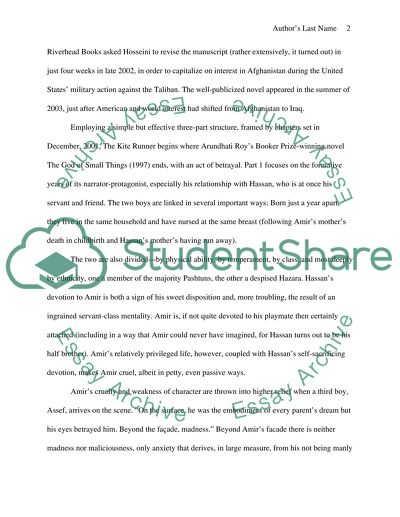Cite this document
(Politics and war in Afghanistan during the novel Kite Runner Literature review, n.d.)
Politics and war in Afghanistan during the novel Kite Runner Literature review. https://studentshare.org/history/1504874-politics-and-war-in-afghanistan-during-the-novel-kite-runner
Politics and war in Afghanistan during the novel Kite Runner Literature review. https://studentshare.org/history/1504874-politics-and-war-in-afghanistan-during-the-novel-kite-runner
(Politics and War in Afghanistan During the Novel Kite Runner Literature Review)
Politics and War in Afghanistan During the Novel Kite Runner Literature Review. https://studentshare.org/history/1504874-politics-and-war-in-afghanistan-during-the-novel-kite-runner.
Politics and War in Afghanistan During the Novel Kite Runner Literature Review. https://studentshare.org/history/1504874-politics-and-war-in-afghanistan-during-the-novel-kite-runner.
“Politics and War in Afghanistan During the Novel Kite Runner Literature Review”. https://studentshare.org/history/1504874-politics-and-war-in-afghanistan-during-the-novel-kite-runner.


